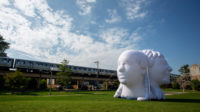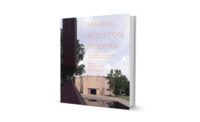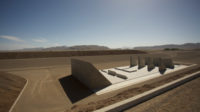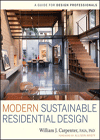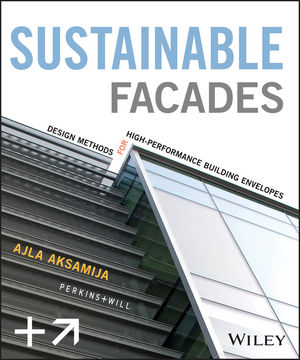When the artist Donald Judd began buying up land in Marfa in the 1970s, he saw the sleepy West Texas town and its sweeping desert vistas as the perfect backdrop for his austere sculptures. In Marfa, as opposed to the Manhattan gallery scene, Judd could conceive his own sprawling utopia.
Though he died in 1994, the 40,000 acres Judd purchased with the help of the Dia Art Foundation have made Marfa into a town-as-museum, including two artillery sheds exhibiting 100 of his untitled works, operated by the Chinati Foundation. Though most people make the pilgrimage to Marfa just to see Judd’s work, some have come and stayed, inventively building or adapting houses that have a unique desert modernism attuned to the light and landscape, mirroring Judd’s work or serving as a precedent to it.
Now, writer and editor Helen Thompson presents 21 case studies of the area’s domestic architecture. She places them in three categories: “vernacular modern,” which she describes as “old, probably adobe” and containing modernist elements that predated the movement; “handmade modern,” a more ad hoc building style of simple forms; and “recent modern,” contemporary houses by an architect or designer.
In the third category, a design by San Antonio–based architects Lake | Flato makes use of their line of prefab units called “Porch Houses.” An artist couple with a remote site north of Fort Davis purchased two modules for an off-the-grid scheme that connects to the outdoors with sliding glass doors and a dogtrot between the bedroom and living units. Covered in a gabled zinc-andaluminum roof, the residence nods to the metal barns and sheds of Texas’s agricultural legacy.
For an old adobe example, Thompson describes a 100-year-old building that had been used as a lawyer’s office and beauty parlor until Houston-based architectural designer Barbara Hill purchased and gutted it, preserving the original adobe walls. She covered them in white plaster and added new steel beams and rods for structural support. The result—now owned by a couple—is a luminous progression of rooms.
Thompson’s clear, brief essays describe how each homeowner arrived in Marfa—a nice contextual touch, given that it’s a remote place where residents and visitors have to decide very consciously to be. Her descriptions of plans, materials, and design concepts give heft to what could have simply been a lifestyle coffee table book. Photographer Casey Dunn leaves people and styling (extraneous food, flowers, and props) out of his shots, for the most part, which keeps the focus on design choices as well as the play of the desert light inside.
The result is a visual page-turner and is clearly a result of Thompson’s reporting skills from her days at Metropolitan Home magazine. Marfa Modern serves as a primer on how a “watering hole” that Judd put on the map has evolved without him, and lets it lay claim to importance as a place of vernacular design, not solely an art destination.



